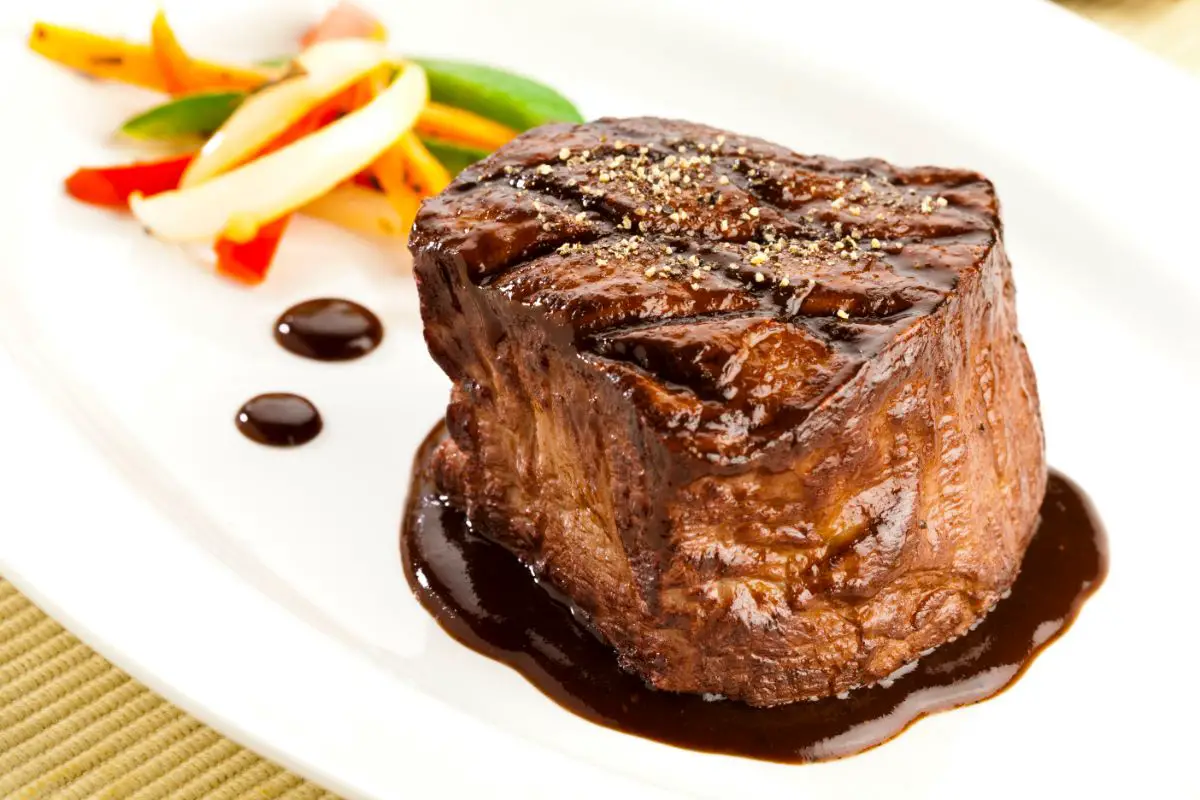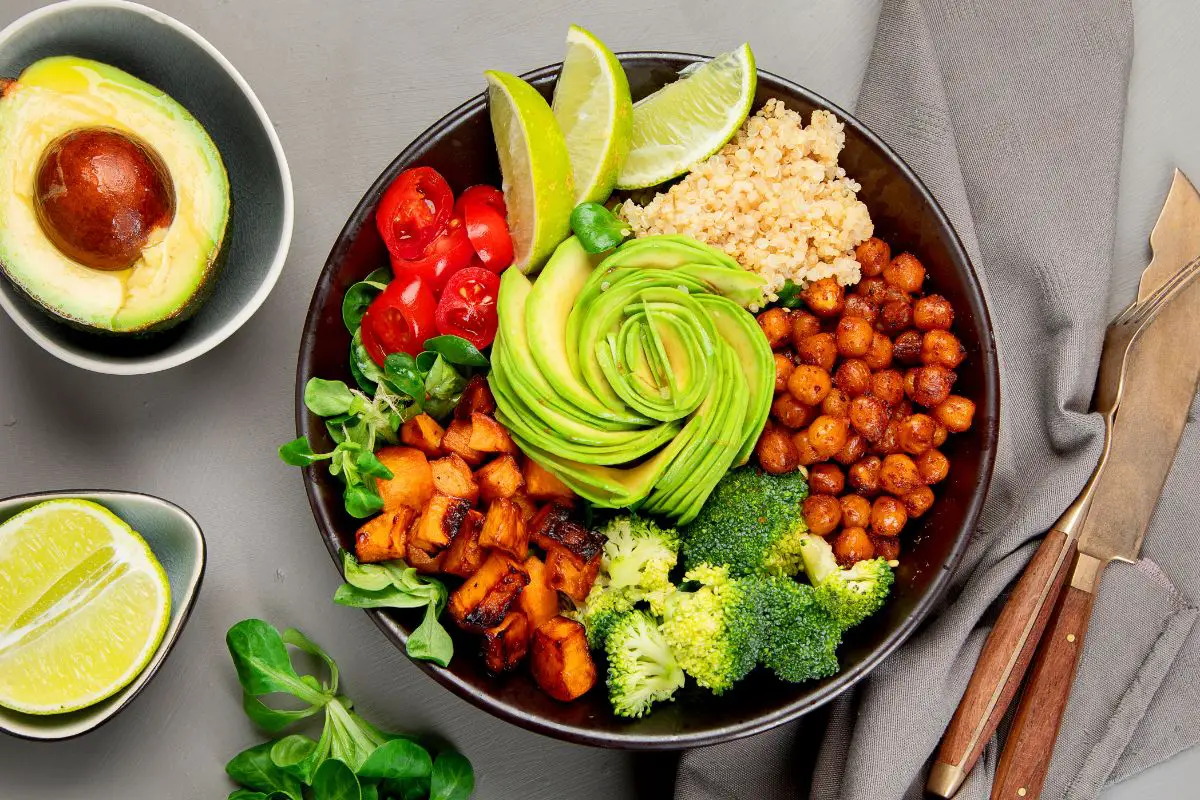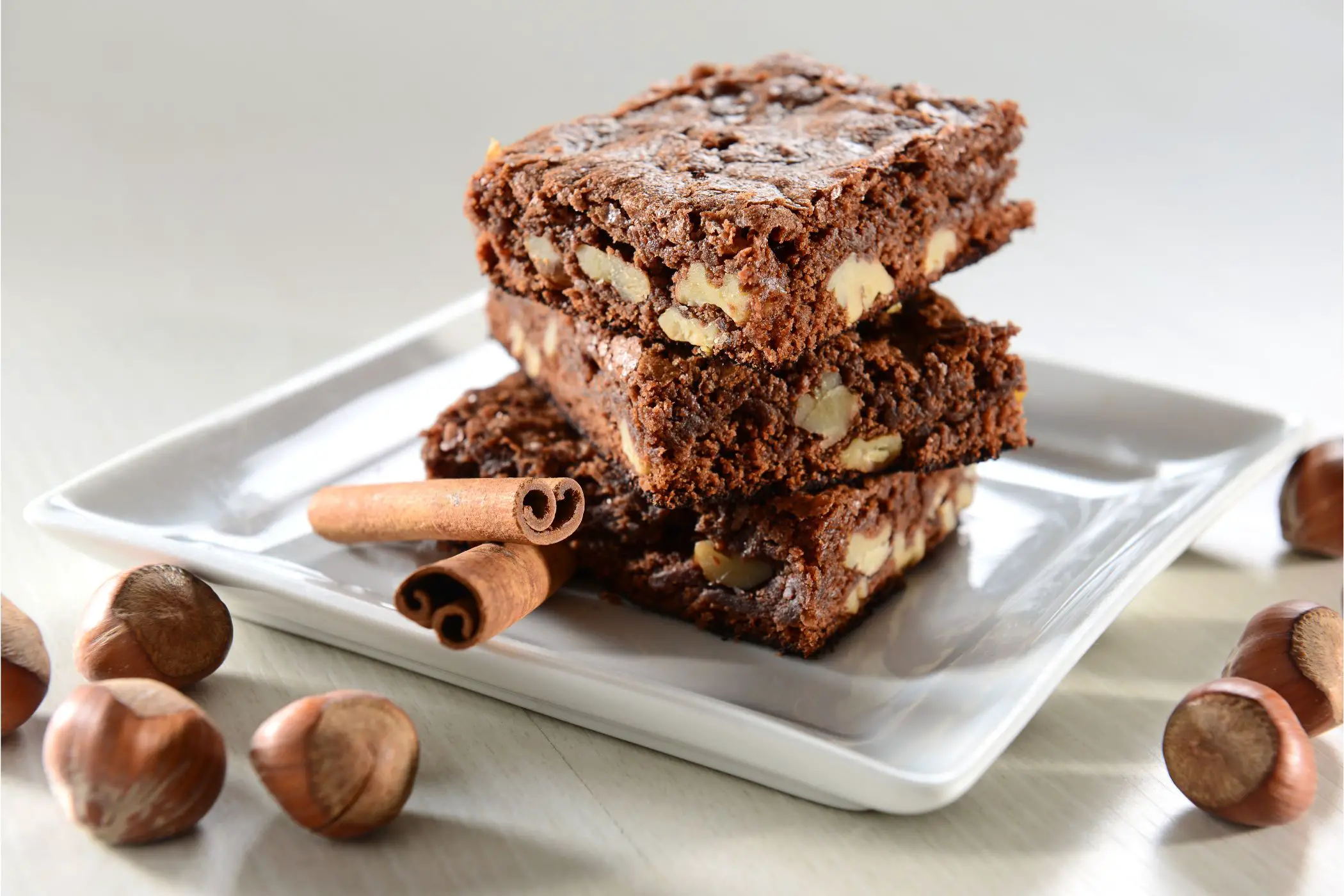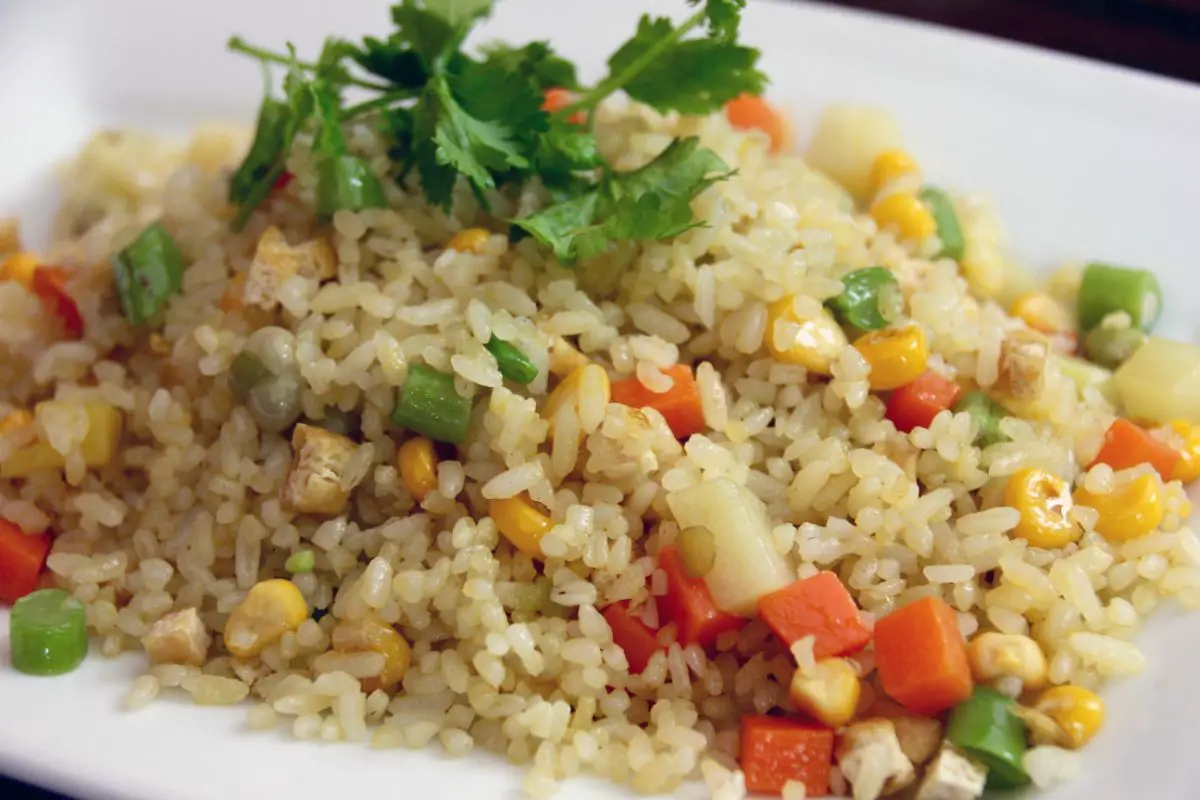There are plenty of recipes available online about how to cook a delicious filet mignon meal. However, the majority of the recipes that are available aren’t paleo-friendly.
There are always additional ingredients or sides that include ingredients that aren’t a part of your diet. This can be disheartening when all you want is a delicious cut of meat for your dinner.

However, there are also some great recipes that do adhere to paleo guidelines. In this article, we will learn how to make a delicious, paleo, filet mignon.
What Is Filet Mignon?
If you are unsure what filet mignon is but have heard people talking about it, filet mignon is French for “delicate filet”, or “tender filet”.
This literally describes the nature of the cut of meat. Filet mignon steaks are cut from the beef tenderloin cut’s smallest, most tender, most desirable part.
All cuts of meat that come from the tenderloin are deliciously tender, as the name suggests. However, the smallest part contains the most tender meat that you can get from the beef.
This makes for a delicious steak that can make the basis of a delicious meal.
Because this cut of meat is so tender and so desirable, it is also the most expensive cut of meat. This is definitely a meal that should be considered a treat, but the price tag is so worth it.
That is, as long as you cook the steak properly to get the most out of it.
How To Make Paleo Filet Mignon
Below is a delicious, simple recipe to make a filet mignon that is suitable for a paleo diet.
Source Your Meat
The first step in preparing a sumptuous filet mignon is to properly source your meat.
While you might be able to get a cut of filet mignon from your local grocery store, the quality of the meat isn’t likely to be as good as it would be from a butcher.
If you only have a grocery store available to you, pre-packaged filet mignon will be fine.
However, if you have a butcher close to you, getting your cut of filet mignon from there will be better.
Filet mignon that has been freshly cut from the whole tenderloin is likely to be much higher quality than pre-packaged meat from a grocery store.
Your local butcher will also likely know the origin of the animal that your meat is cut from.
Ingredients
Aside from the delicious piece of filet mignon that you have sourced from the best location locally to your home, you will need some extras to make this dish.
You will need a cooking oil that is suitable for frying to make this paleo filet mignon (see also “Paleo On The Go Reviews“). A flavorful oil such as shallot oil is perfect for this and can add some delicious, subtle flavors to the meat.
Depending on how strict you are with your paleo diet, you will also need some salt and pepper for seasoning.
If you are strict about your paleo diet, you can forgo the salt and pepper ingredients. Using an unrefined oil such as extra virgin olive oil is a good choice of oil that can adhere to a strict paleo diet.

Prepare Filets
To get the best results from your filet mignon, you will need to dry the filets before you fry them. The best way to do this is to place them on a plate with paper towels.
Place another layer of paper towels on top of the meat, or alternatively, you can simply flip the filets over to dry both sides.
You should also make sure that your meat is at room temperature before cooking rather than cold.
To ensure that your filet mignon is at the right temperature before cooking, it is best to take it out of the refrigerator 30-minutes to an hour before cooking. This can be a great time to dry the meat too.
Prepare Rub
If you are using salt and pepper to add flavor to your steak, this is the best time to apply it. Simply grind some pepper over both sides of the filets to add a kick to the flavor.
With the salt, you can either add rock salt from a regular grinder, or you can use sea salt flakes that you crush with your hands for bigger pieces.
You can also create a mixture of salt and pepper to rub into the meat if you want the flavor to be more intense and penetrate the meat more deeply.
Rubbing the salt into the meat can also help it to dry properly before cooking.
Preheat Oven And Skillet
When you are ready to cook your steaks, you should preheat your oven to around 425 degrees Fahrenheit.
Make sure that the skillet you are using is oven-safe too. Pour a small amount of your oil into your skillet and allow it to heat up over medium-high heat.
Cook Steaks
Place the steaks into the heated oil and allow them to cook for 3 – 4 minutes on each side. Make sure that the only interaction you have with the steaks is to flip them.
Try to avoid pressing down on them or poking them as this can cause them to lose their juiciness.
Once the steaks have been seared on each side, carefully transfer the skillet to the preheated oven and allow it to cook until the desired level of doneness is reached.
For rare, it will take 4-5 minutes, for medium-rare, 5-6 minutes, medium takes 6-8 minutes, medium well is around 9-10 minutes, and well done will need 12-14 minutes.
Ensure to flip the steaks halfway through the baking time to cook evenly.
Once they are cooked, remove them from the skillet and allow them to rest for 5 minutes on a room-temperature plate. This will help them remain juicy and flavorful without risking overcooking.
Serve Filet Mignon
You can serve your delicious filet mignon with some mashed potatoes or swede for an extra special dish.
Final Thoughts
Cooking a paleo filet mignon is a great way to enjoy this delicious and highly desirable cut of meat. There are simple ways to make the cut more flavorful while sticking to the limitations of a paleo diet.
- How To Make A Paleo Detox Smoothie: Berry Cherry Green Edition - April 18, 2023
- How To Make Spicy Paleo Paprika And Thyme Veggie Fries - April 18, 2023
- 15 Mouthwatering Keto Apple Recipes You Need To Try Today - April 18, 2023








